First Attempt
Growing up in the Northwest, Rainier has always been looming in the background. After getting into hiking and snowshoeing, I had my sights set on Rainier. While moving into my new apartment, I met my landlord Bruce who had summitted Rainier eleven times. He offered to guide me up to the top. It took me three tries to reach the top, due to weather and lack of preparation. I learned some valuable lessons along the way.
The first attempt was in April 2013. We were going to do a practice run up to Muir and back, but the weather looked too clear to not attempt a summit. The Gib Ledges were in excellent condition, so we decided to go that route. The only thing that had us worried was the wind, which was saying a possibility of 50mph.
![Mt. Rainier from Paradise]() Mt. Rainier from Paradise
Mt. Rainier from Paradise![Mt. Adams]() Looking at Adams from Camp Muir.
Looking at Adams from Camp Muir.
It was pretty windy down at Paradise around 20-25mph at night, but in the morning the winds calmed. We made it to Muir in five hours and prepped for an early start at 1am. By then the winds had picked up significantly to 30+mph. There were a couple groups at the bunk house, one from the east coast who were made it to summit battling the wind all the way up and back. Taking them 16 hrs. from Muir-Summit and back to Muir.
![Cathedral Rocks and Little Tohoma]() It was pretty busy up at camp Muir.
It was pretty busy up at camp Muir.
![Muir Panorama]() Mt. Adams, Mt. Hood, Mt. St. Helens and the Tatoosh Range.
Mt. Adams, Mt. Hood, Mt. St. Helens and the Tatoosh Range.
We went to sleep with the wind beating down on the bunk house. At 1am the winds were still howling, so we decided to wait for the morning. In the morning the we attempted to climb the ledges, but the wind was throwing us onto the ground with every 50mph gust. We made it a couple hundred feet before we decided to head back to Paradise. Frustrated, I waited eagerly for my next attempt at the mountain.
Gibraltar Ledges
June 2013, we had a decent weather window for a summit bid via the Gib Ledges. No crazy winds this time! I had gotten in a motorcycle accident at 45mph a month before, so I had to rest for a month, which equated to some weight gain. We attempted to head up on Friday night, but got caught in a downpour. We headed back down after making it up about 1000 ft. and rested at Paradise. The next morning was crystal clear. We made it up to Camp Muir in the evening and slept to head out at 1am. With the warmer summer weather, I had difficulty sleeping in my 10F bag. I was either too hot or too cold and had pretty restless sleep. I was also feeling a little sick from getting soaked the previous night.
![Bruce heading to Camp Muir.]() Awesome weather conditions!
Awesome weather conditions!![The Beehive]() Gibraltar Rock
Gibraltar Rock![Marmot!]() Marmot!
Marmot!
We woke up and left around 2am. We had some navigation issues on the ledges and had to downclimb to get back to the ledges, but we were making great time. Up towards the top of the ledges there was some sketchy verglas, but I wasn't too much out of my comfort zone.
![Gibraltar Ledges]() My climber partner Bruce on the Gib Ledges.
My climber partner Bruce on the Gib Ledges.![Gib Ledges]() Looking out at the hanging glacier.
Looking out at the hanging glacier.![Looking down the ledges]() Long ways down.
Long ways down.![Mt. Adams at sunrise]() Sunrise on Mt. Adams
Sunrise on Mt. Adams![Mt. St. Helens and the hanging glacier.]() Looking out at St. Helens past the hanging glacier.
Looking out at St. Helens past the hanging glacier.
At the Gibraltar shoot we decided not to put in protection and to take our time kicking in firm steps. It varied from 45 to 50+ degree snow slopes. Bruce was very cautious and took his time while I kept my ice axe firmly planted in the snow in case of a fall. While waiting I started to get cold since we were still in the shadow of the rock. I wasn't in a position to put on my down jacket, so I just had to tough it out. Once we got out of the shoot, I took the lead so I could get some blood flowing in my numb toes. When we got to the top of Gibraltar rock I was exhausted. We hadn't had time to stop for food and I had was running on empty. I put on my down jacket and reached for my powerbar I had kept in my jacket pocket and... it was frozen... Should have kept it in my pants. I was too tired to boil water for my dehydrated food, so I just slept for 30 minutes to warm up. We were on a time constraint and had to be back in Seattle by Sunday night. I had to finish grading papers the following day. So we kept pushing, while I had only breakfast in me.
![Top of Gibraltar]() Taking a nap break at the top of Gibraltar rock.
Taking a nap break at the top of Gibraltar rock.![Looking up at the summit.]() The endless snowfield.
The endless snowfield.![Top of Gibraltar]() Looking out at Mt. Adams
Looking out at Mt. Adams
Bruce was slowing down as well. At 13,500 I calculated our pace and realized we were only going about 300-400 ft. per hour! It would take another 3 hours to reach the summit at that rate and I was falling asleep from lack of energy, so I convinced Bruce for us to descend and try again another time. He took a little while to convince, haha. While heading down the DC route, I was almost sleepwalking. Pretty scary. We stopped at the top of the cleaver and I asked Bruce for some of his nuts and jerky. Should have brought food that wouldn't freeze... We made it safely down the cleaver, but I was having trouble staying awake the entire time. We took a nap at the Muir bunk house and headed home in the evening. I had caught a cold and was sick for two weeks afterwards. I had vowed to never attempt the summit again, but after a few days climber's amnesia set in. I thought about all the mistakes I had made and decided to try again the following year with better training and proper food.
Third time's a charm
We were hoping to climb on memorial day weekend this year, but after the last two times I wanted to have a really good window before I headed to Paradise. The following week was excellent conditions, so Bruce and I got packed for the 2nd of June. I had been biking to work 50+ miles a week, so I felt more than ready for the summit bid. We left Seattle at 5am and headed to Rainier.
![Mt. Rainier]() Heading up to Camp Muir.
Heading up to Camp Muir.![Cathedral Gap]() Cathedral Gap from Camp Muir.
Cathedral Gap from Camp Muir.![Bruce at the Muir Bunk house.]() Bruce at the Muir Bunk house.
Bruce at the Muir Bunk house.There was a chance of Thunderstorms in the evening, but luckily they passed by Rainier. We made it up to Muir in 5 and a half hours. A little longer since we were carrying an extra day's food. The was a lot of helicopter activity at camp Muir. RMI was bringing up this year's supplies. We ate our dinner and headed out at 8pm. Our plan was to bivy at the top of the cleaver and spend the second night at the summit.
![Helicopter dropping supplies for RMI.]() Helicopter dropping supplies for RMI.
Helicopter dropping supplies for RMI.![Heading towards the cathedral gap.]() On the Cowlitz glacier.
On the Cowlitz glacier.![Looking back at Camp Muir.]() Looking back at Camp Muir.
Looking back at Camp Muir.The conditions were perfect. No wind and incredible views! We were welcomed by an beautiful sunset above the Cathedral Gap.
![Little Tahoma and the Emmons glacier.]() Little Tahoma and the Emmons glacier.
Little Tahoma and the Emmons glacier.![Thunder clouds and the Emmons glacier.]() Thunderclouds and the Emmons glacier.
Thunderclouds and the Emmons glacier.![Mt. St. Helens]() Sunset on Mt. St. Helens
Sunset on Mt. St. Helens![Thunderclouds]() Thunderclouds at the top of the Cathedral Gap.
Thunderclouds at the top of the Cathedral Gap.![Sunset over the Emmons Glacier]() Sunset over the Emmons Glacier.
Sunset over the Emmons Glacier.
We pushed on through Ingraham flats and up the cleaver. Part way up the cleaver my crampons started to fall off. I put them back on and pulled the harnesses as hard as I could, but they kept on falling off. I spent two hours climbing a few minutes and then putting my crampons on. Meanwhile, Bruce's headlamp was dying. We put new batteries in and the headlamp wouldn't even turn on! I was starting to get cold from sitting and adjusting my crampons, so I decided to push on without them since we were close to the top of the cleaver. I had to hike 20-30 steps and them shine my light to let Bruce climb. We finally made it to the top of the cleaver at 2am. Bruce was falling asleep on the way up. I started digging a pit at to sleep in, while Bruce decided to sleep on the rocks. The winds had picked up to at least 20mph. Bruce was setting up his bivy when he asks me to shine my light. He can't find his sleeping pad. I knew exactly what had become of it. We searched around, but it was obvious that the wind had blown it right over the cliff onto the Emmons glacier. I offered to dig him a pit to get out of the wind, but Bruce said he would be fine. I got to sleep, but could hear Bruce moaning for a while in the night. Had me a pretty nervous. We awoke at 8am to climbers descending from the summit. It was completely calm, a little disconcerting. I shook Bruce awake and he had had a decent sleep despite the moaning.
![Bruce prepping to summit.]() Bruce prepping to summit.
Bruce prepping to summit.![Watch out for the yellow ice.]() I happened to bivy in a prevalent pee spot... Tried to dig out all of the frozen pee before I went to bed.
I happened to bivy in a prevalent pee spot... Tried to dig out all of the frozen pee before I went to bed.![Morning View]() Waking up at the top of the cleaver.
Waking up at the top of the cleaver.
Bruce played around with my crampons and managed to find a secure way to fasten them, so we pushed for the summit at 11am. I was worried that we would have to descend because of them. Other climbers were reporting 15 mph wind at the summit, but the winds started to pick up while we climbed. We decided against bivying at the summit after the crampon and headlamp malfunction and some gear at the top of the cleaver (12,300 ft). There weren't many crevasses, the biggest on being only 6-8 inches wide.
![Looking up from the top of the Cleaver.]() 2000 ft. to go!
2000 ft. to go!![Looking down from over 13,000 ft.]() Looking down from over 13,000 ft.
Looking down from over 13,000 ft.![At the top of the cleaver.]() Our bivy spot.
Our bivy spot.We finally reached the summit 3 hours later around 2pm. Once I saw the crater rim, my energy levels picked up and I lead the way to the summit. Bruce decided to nap at the summit crater. I pushed on to the true summit and the register log and signed us in. Incredibly satisfying to reach the top of Columbia Crest and see everything drop off below me. On the way up, I was debating about climbing Rainier ever again, but upon reaching the summit I knew I'd be back next year. I spent over an hour exploring the summit crater before heading down. It was 16 degrees at the summit with 30-40mph winds, but incredible visibility.
![Summit crater]() At the summit crater.
At the summit crater.![Looking back at the crater from Columbia Crest]() Looking back at the crater from Columbia Crest
Looking back at the crater from Columbia Crest![Summit Crater]() Summit Crater
Summit Crater
![Mt. Adams and the crater rim.]() Mt. Adams and the crater rim.
Mt. Adams and the crater rim.![Summit Register]() Summit Register
Summit Register![Proof I was at the summit!]() Ignore the double chin. Damn balaclava, haha.
Ignore the double chin. Damn balaclava, haha.![Signing the summit register]() Signing the summit register
Signing the summit register![Bruce at the summit]() Bruce at the summit after his nap.
Bruce at the summit after his nap.
The descent was uneventful, thankfully. Had enough excitement the previous night. We got back to Camp Muir around 8pm and spent the night to wait for the snow to melt for the descent. All in all it was a great trip!
![Heading towards Ingraham Flats]() Heading towards Ingraham Flats.
Heading towards Ingraham Flats.![Above the cleaver.]() If you look closely, you can see our bivy spot at the top of the cleaver.
If you look closely, you can see our bivy spot at the top of the cleaver.![Ingraham icefall]() Ingraham icefall
Ingraham icefall![Bruce and the Beehive]() Bruce and the Beehive
Bruce and the Beehive![At the bottom of the cleaver.]() At the bottom of the cleaver.
At the bottom of the cleaver.![Little Tahoma and Ingraham Flats.]() Little Tahoma and Ingraham Flats.
Little Tahoma and Ingraham Flats.![Mt. St. Helens from Camp Muir]() Mt. St. Helens from Camp Muir
Mt. St. Helens from Camp Muir![Mt. Adams from Muir]() Mt. Adams from Muir
Mt. Adams from Muir
![Mt. St. Helens]() Mt. St. Helens
Mt. St. Helens



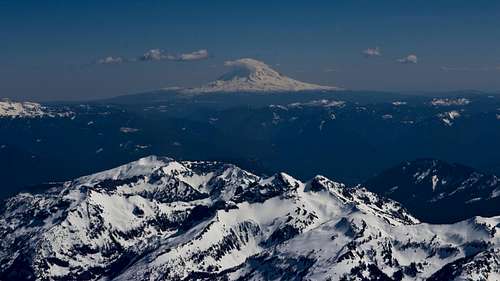


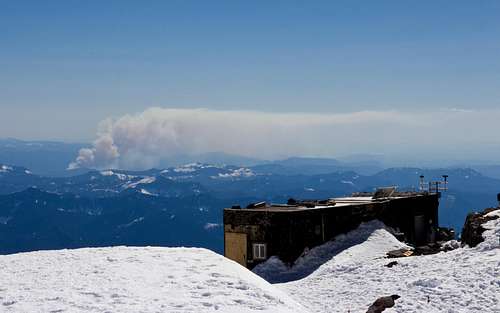
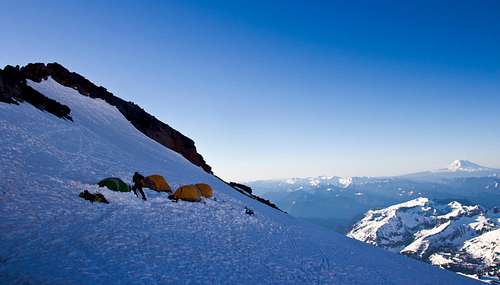


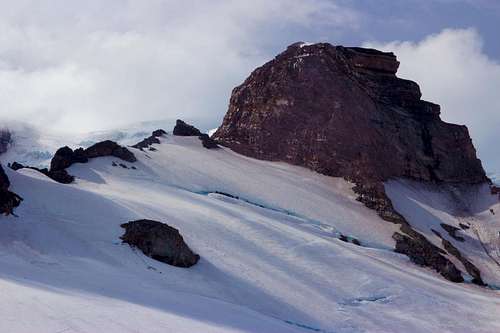
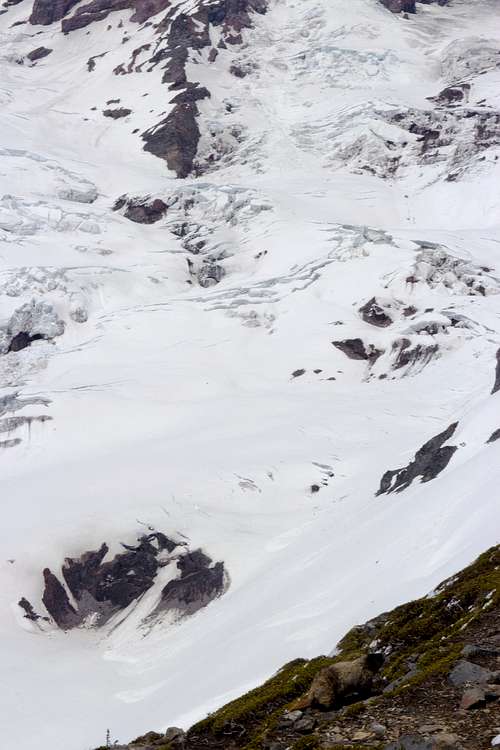
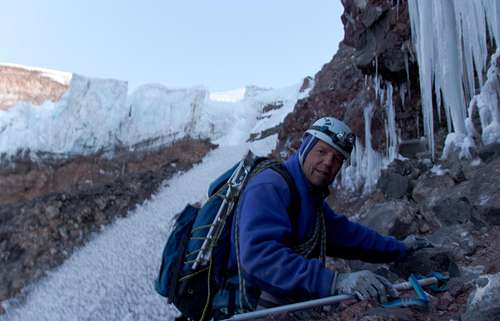
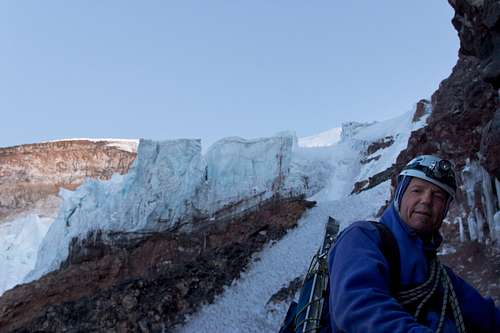
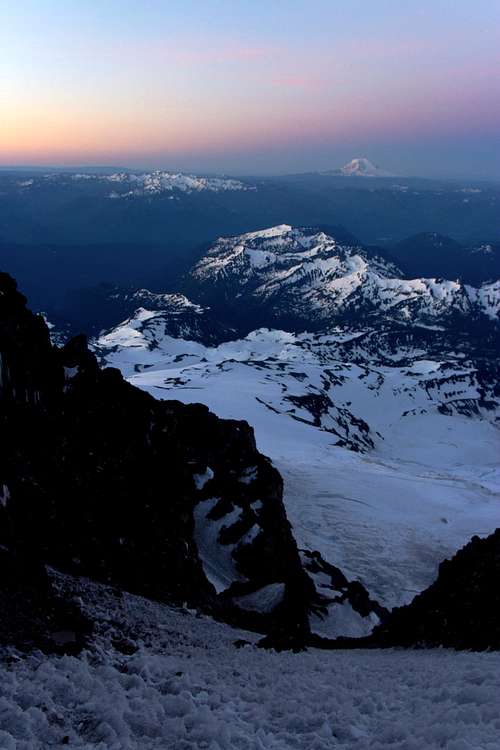
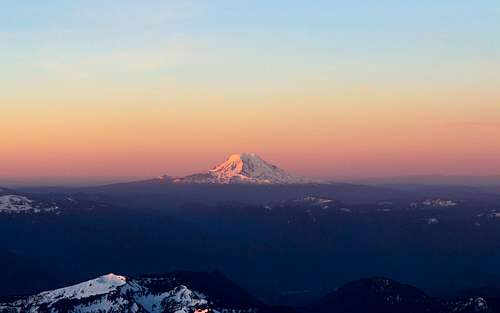
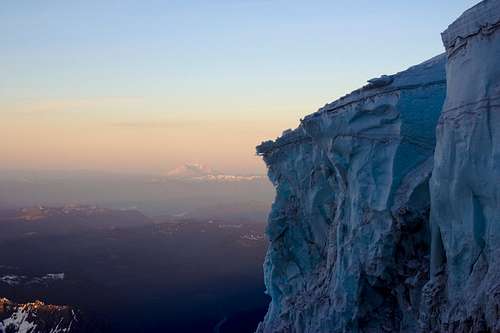
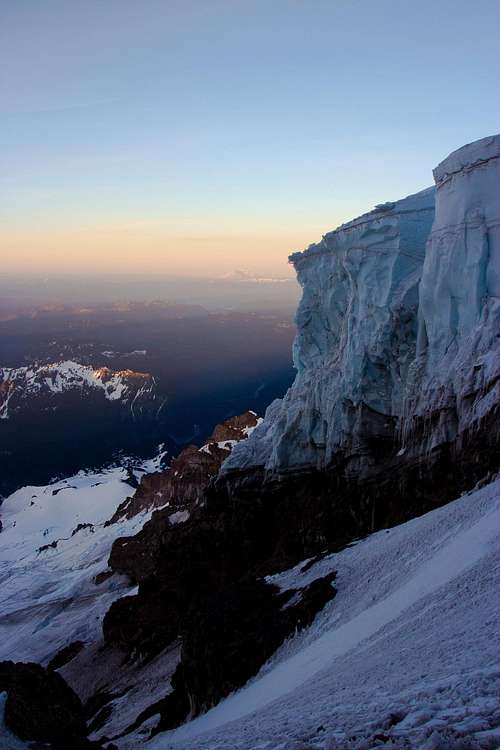
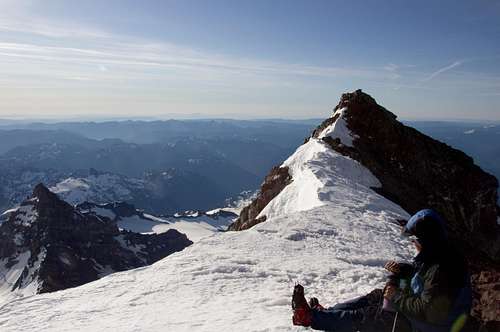

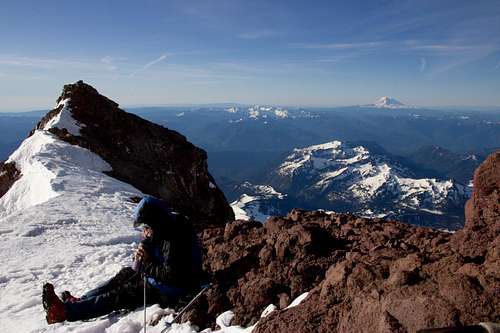
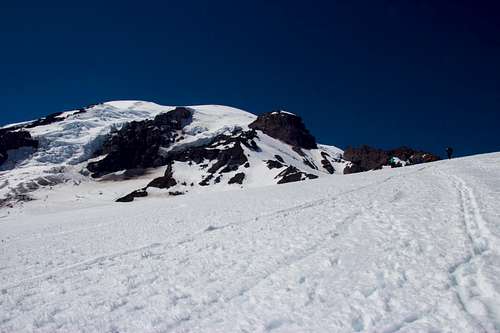

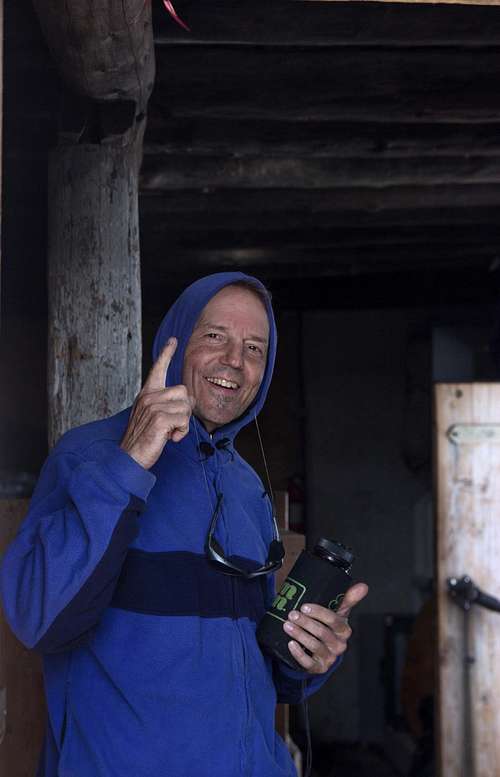
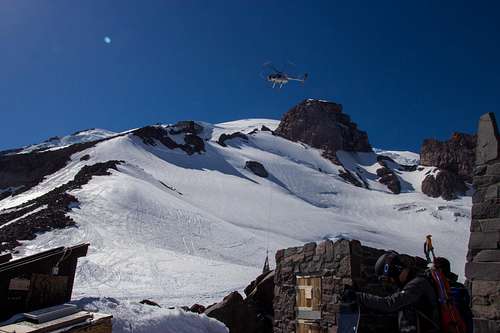


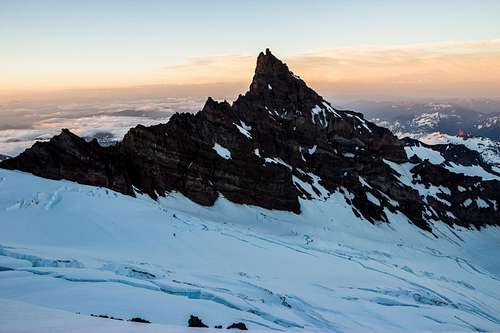

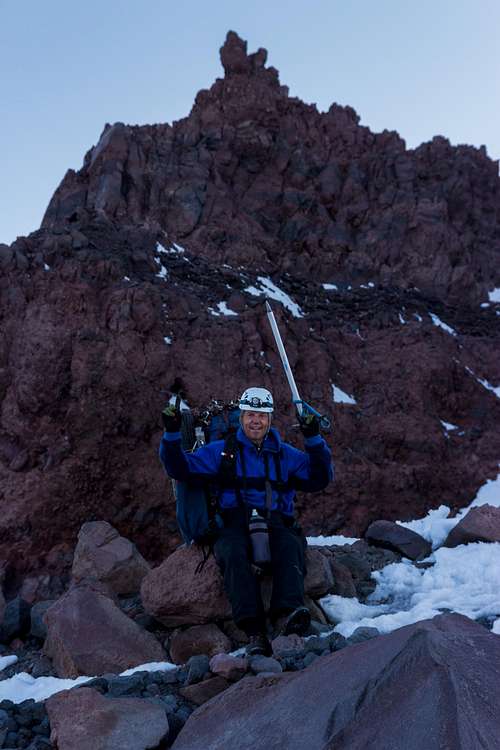

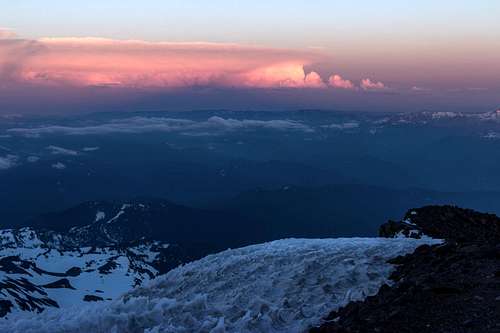

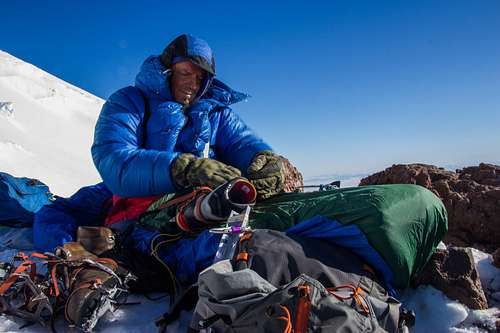
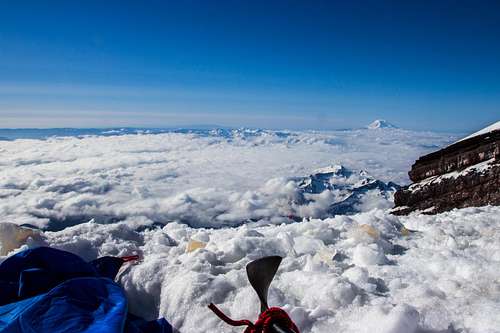
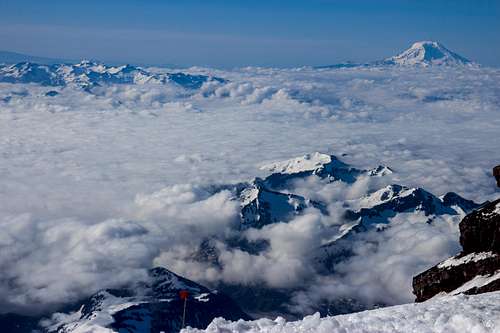
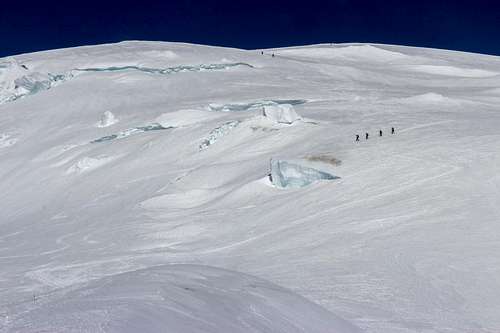
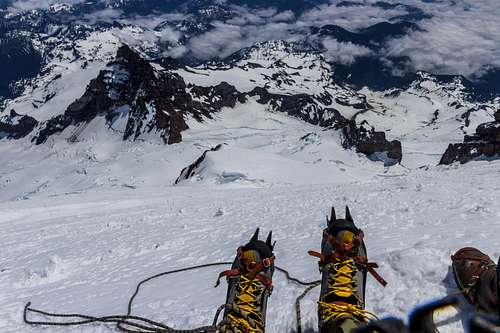
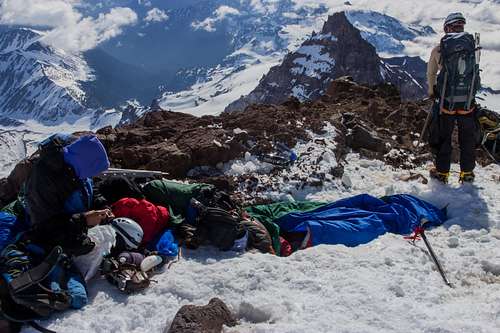
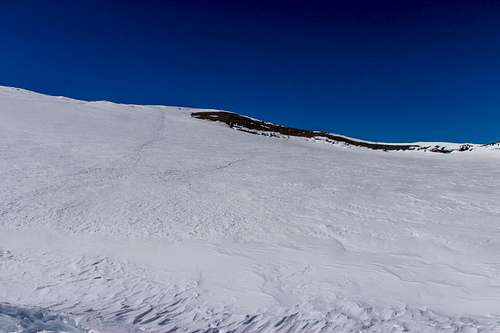


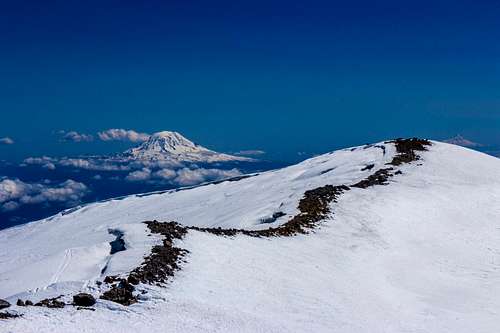
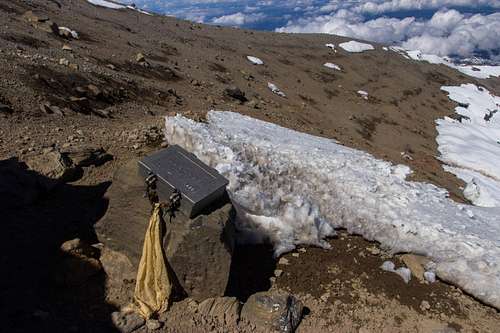
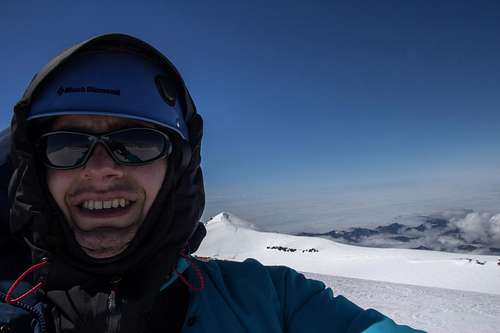
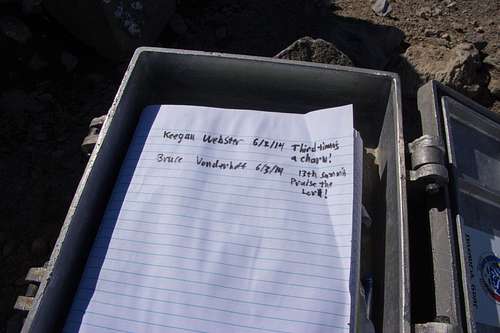
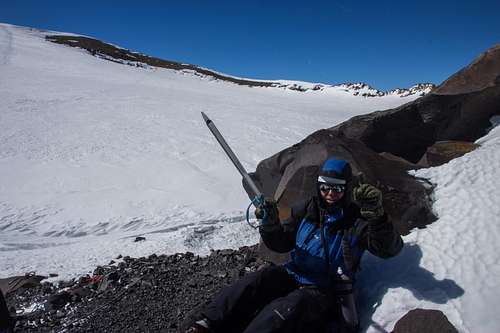
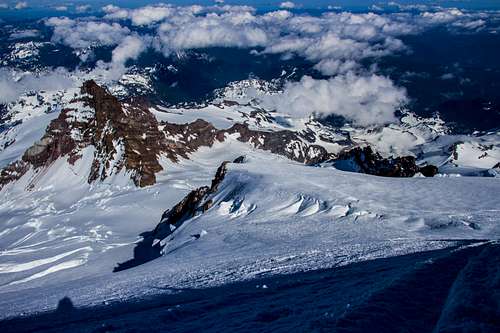
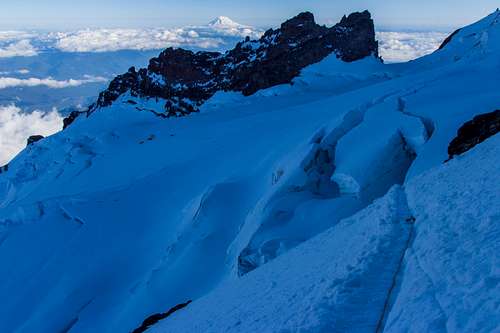
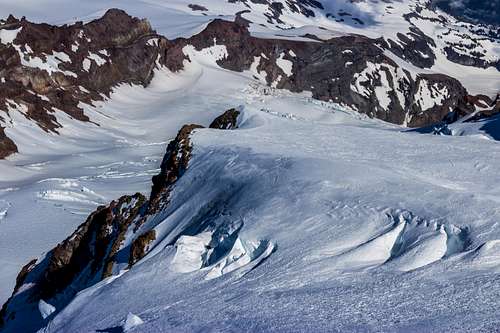
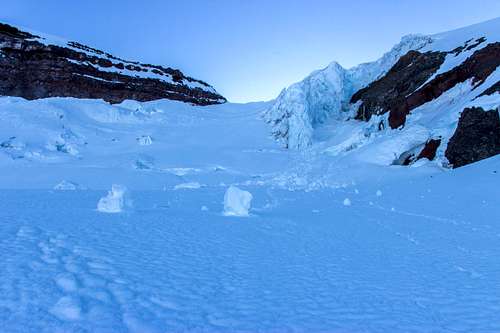
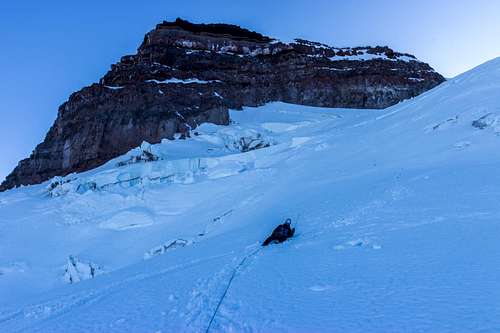
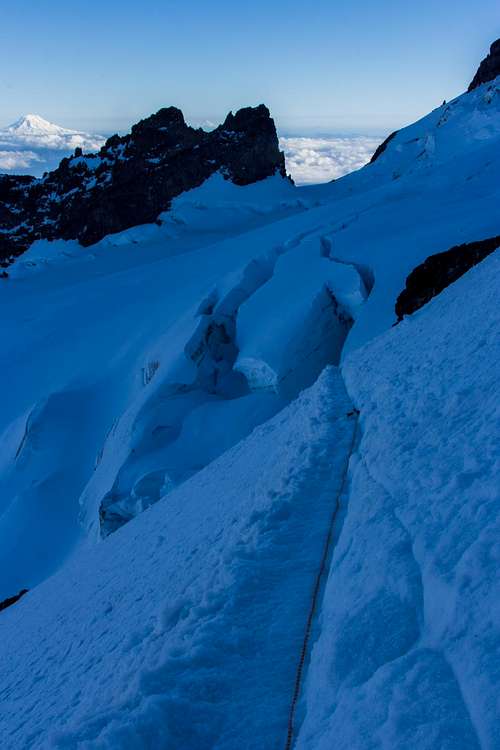
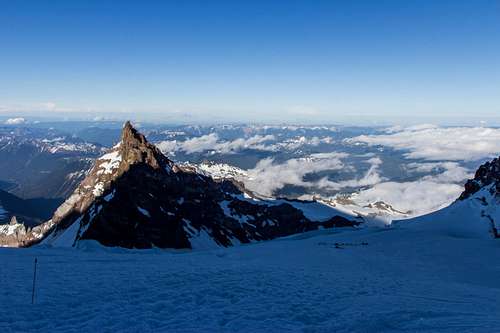
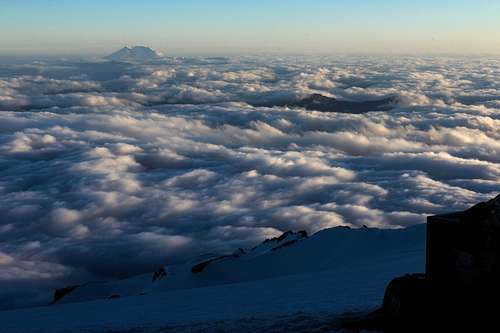
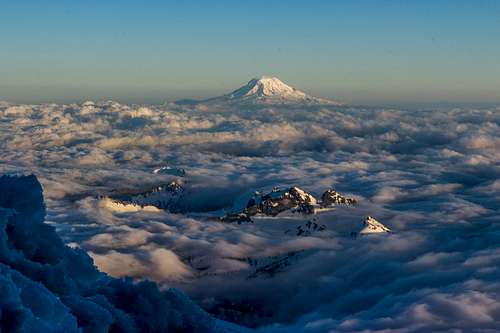



Comments
Post a Comment